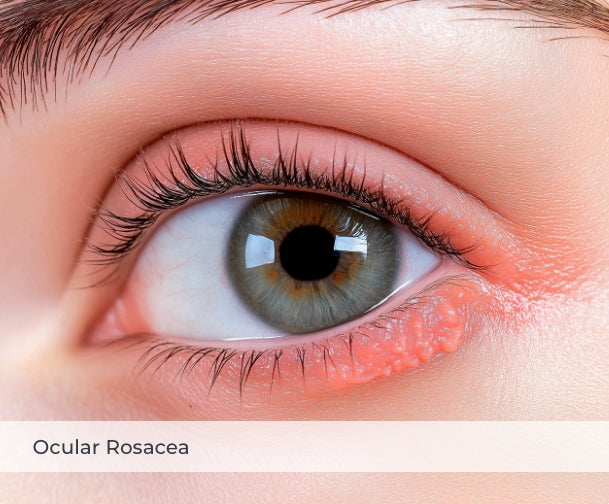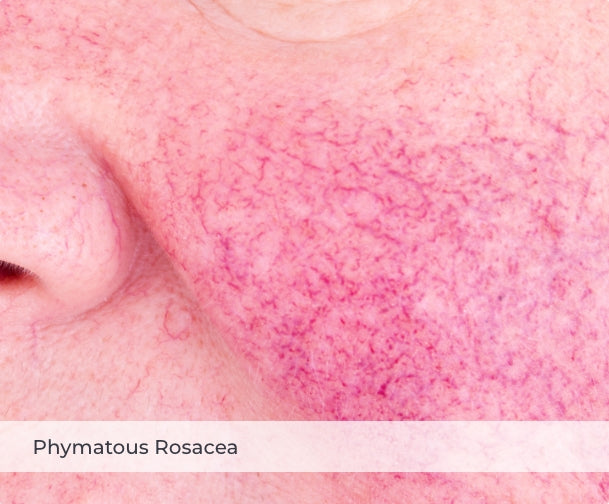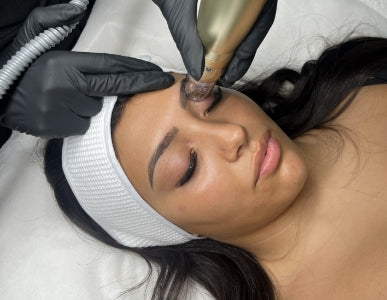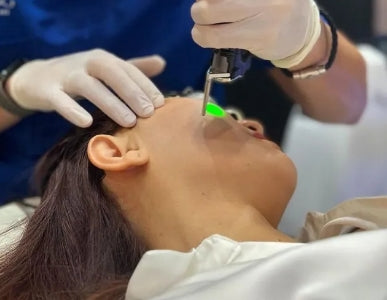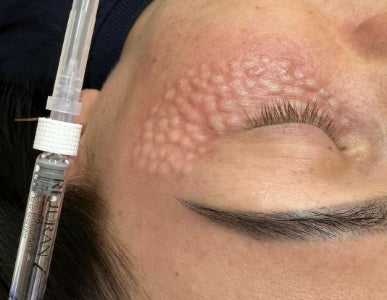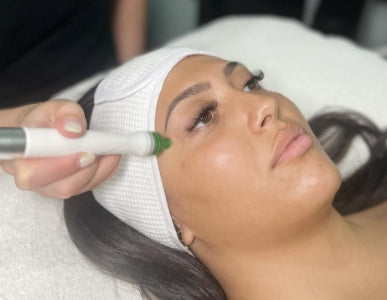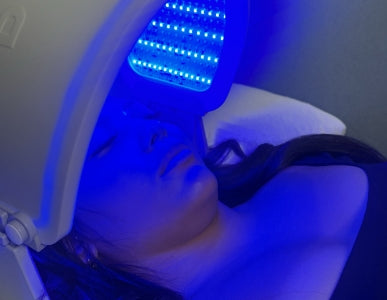Rosacea / Redness

What Is Rosacea?
Rosacea is a common chronic skin disease which leads to redness, flushing and pimple-like spots. It most often affects the face of fair-skinned adults over the age of 30. Although it can look similar to acne, Rosacea is a different condition.
Some patients with mild Rosacea may only experience a few symptoms, but many patients with moderate to severe cases of rosacea will report a variety of overlapping symptoms.
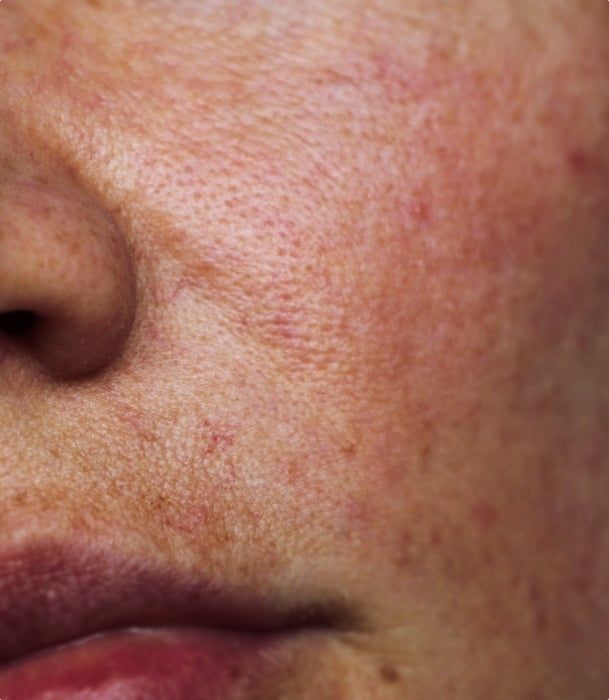
What Causes Rosacea?
Whilst there are no official causes of Rosacea, a combination of hereditary and environmental factors can trigger and aggravate its symptoms. Also, there are three possibilities that contribute to the formation of Rosacea.
They include:
- Cathelicidin - increased peptide and enzyme activity on the skin’s surface layer
- Intestinal Bacteria - elevated hydrogen and methane
- Demodex Mites on the skin
Some common triggers of Rosacea include spicy foods, hot beverages, sun exposure, extreme temperatures, alcohol, allergies, anger, stress, anxiety, inflammatory conditions such as hormone imbalances and some medications including corticosteroids and blood pressure.
Meet Our Medical Aesthetic & Dermal Clinician Team
Our team of registered and experienced doctors, nurses, and dermal clinicians are here to guide you through every step of your skincare journey. In your consultation, we’ll take the time to understand your concerns and create a personalised treatment plan just for you.


